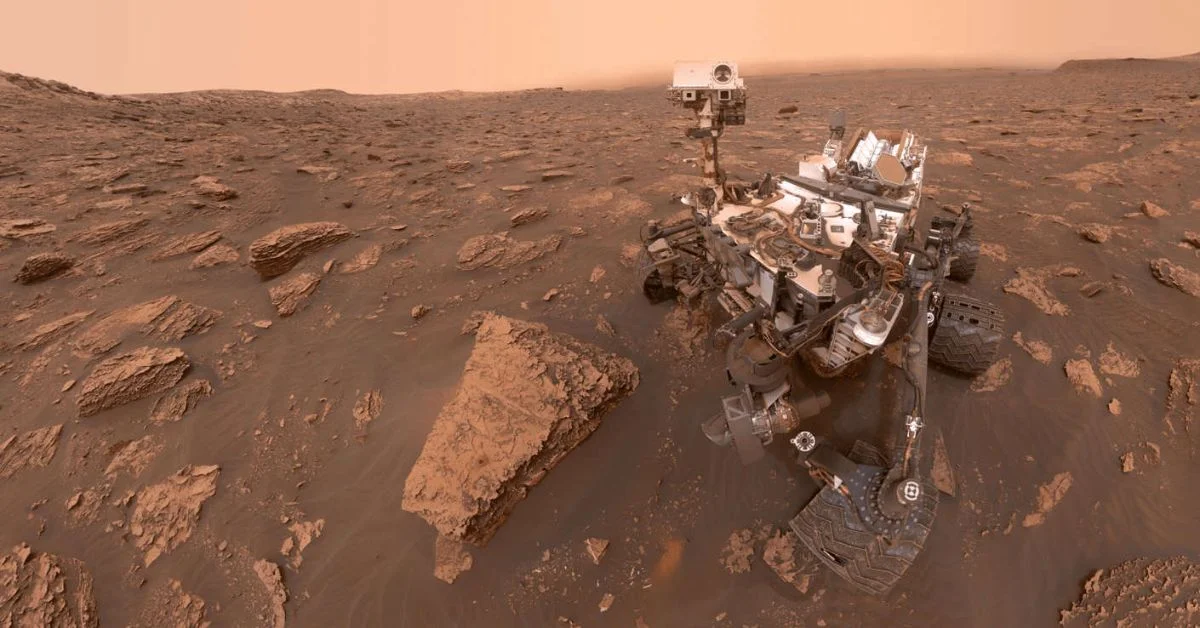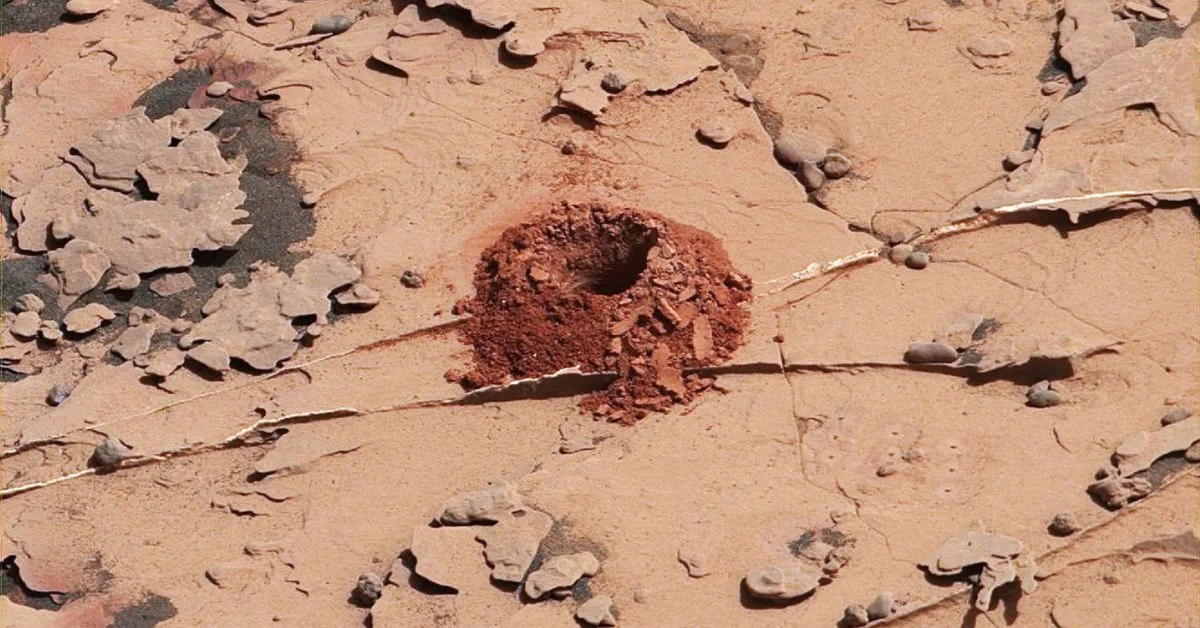In a groundbreaking development, scientists have harnessed the power of artificial intelligence to unveil a simple yet highly dependable method for confirming the presence of extraterrestrial life. This pioneering approach boasts an impressive 90% accuracy rate in distinguishing between biological and non-biological samples, heralding a new era in the search for life beyond our planet.

Lead researcher, Professor Robert Hazen, from the Carnegie Institution’s Geophysical Laboratory and George Mason University in the United States, describes this achievement as a significant leap in our capacity to recognize the telltale biochemical signatures of life on other worlds. The ramifications of this method are profound, potentially enabling the deployment of smart sensors on unmanned spacecraft to seek out life forms.
“By offering a routine analytical method, we are on the brink of a revolution in the quest for extraterrestrial life and an enhanced comprehension of the origins and chemistry of Earth’s earliest life,” Dr. Hazen states. This advancement opens up exciting prospects for incorporating smart sensors on robotic spacecraft, landers, and rovers, equipping them to identify signs of life even before samples return to Earth.
The immediate implications of this novel test extend to unraveling the mysteries concealed within ancient rocks on Earth, and it may also be relevant to samples already gathered by the Mars Curiosity rover’s Sample Analysis at Mars (SAM) instrument. According to lead author Jim Cleaves of the Earth and Planets Laboratory at the Carnegie Institution for Science, slight modifications may be necessary to align the method with SAM’s protocols, potentially revealing whether molecules of organic Martian origin exist on the Red Planet.
The relentless pursuit of extraterrestrial life continues to captivate the scientific community as one of the most tantalizing endeavors in modern science.

What sets this method apart is its departure from the conventional reliance on identifying specific molecules or compound groups within a sample. Instead, scientists have harnessed the power of artificial intelligence to differentiate between living and non-living specimens by detecting subtle distinctions within the molecular patterns of a given sample.
The researchers drew on NASA flight-tested procedures to scrutinize 134 diverse carbon-rich samples, encompassing living cells, aged samples, geologically processed fossil fuels, carbon-rich meteorites, and synthetic organic compounds. Of these, 59 originated from biological sources (biotic), such as a grain of rice, a human hair, crude oil, while the remaining 75 were of non-biological origin (abiotic), comprising lab-created compounds like amino acids and samples from carbon-rich meteorites.
ALSO READ: James Webb Space Telescope Uncovers Astonishing Discovery: The Enigma of Jupiter Mass Binary Objects
Employing a suite of machine-learning techniques, the scientists established a model with the remarkable capability to predict whether a sample is abiotic or biotic, achieving a staggering 90% accuracy rate.
Astoundingly, even in instances of significant decay and alteration, this cutting-edge method succeeded in unearthing signs of preserved biology, stretching back hundreds of millions of years. As Dr. Hazen enthuses, “These results imply that we may identify lifeforms from other planets or biospheres, even if they greatly differ from life as we know it on Earth.”
Moreover, should we uncover signs of life elsewhere, this method is poised to differentiate between Earth life and life forms of separate origins. In other words, it’s primed to detect alien biochemistries, transcending the confines of familiar molecular biomarkers such as DNA and amino acids.
Dr. Hazen clarifies that the method hones in on patterns within molecular distributions, arising from life’s need for “functional” molecules. The remarkable findings have been documented in the Proceedings of the National Academy of Sciences, marking a pivotal moment in the relentless pursuit of life beyond our world.









